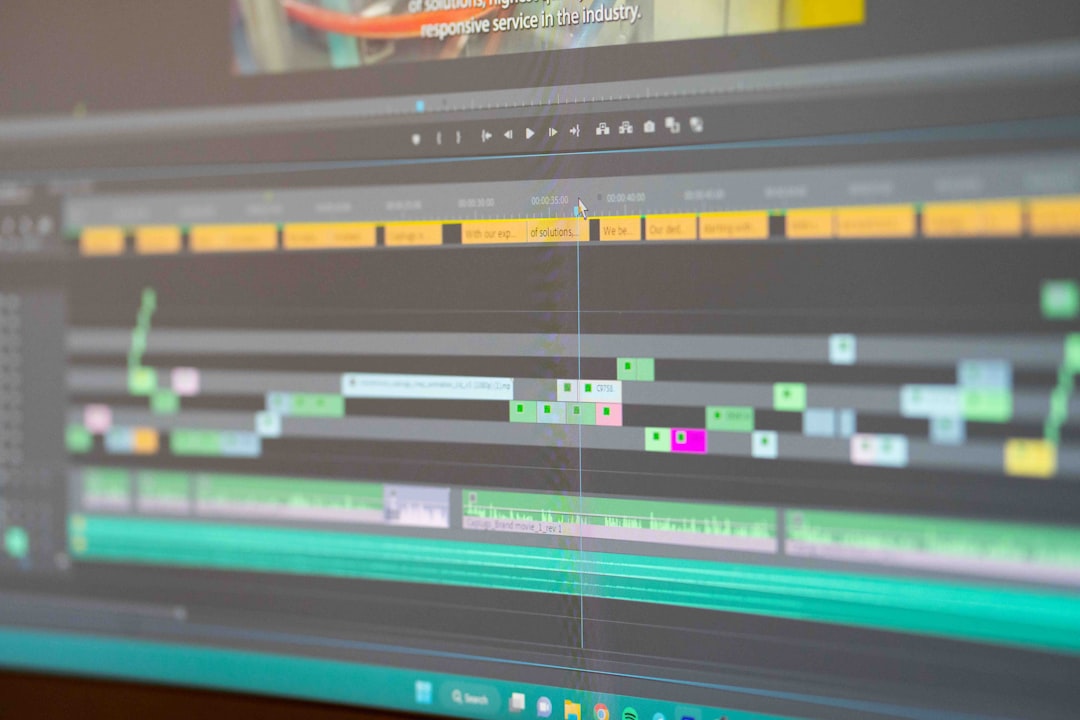Ever watched a video and noticed the audio didn’t match the lips? Or the playback felt choppy? That could be because of something called the framerate. Specifically, whether it’s using a Constant Framerate (CFR) or a Variable Framerate (VFR). These two play a major role in how smooth and synced your videos look and sound.
Let’s break it down and keep it fun and easy!
What is a Framerate?
Framerate is how many frames (pictures) are shown per second in a video. Usually, it’s measured in fps (frames per second).
Common ones are:
- 24 fps – used in movies 🎬
- 30 fps – common for TV 📺
- 60 fps – great for games 🎮
More fps = smoother video. But also means bigger files!
What is Constant Framerate (CFR)?
With CFR, every second of the video has the same number of frames. No matter what’s happening on screen, it sticks to the same pace.
Example: If it’s set to 30 fps, every second will have exactly 30 frames. Even during slow scenes, it holds steady.

Pros of CFR:
- Great for editing
- Better audio sync
- More predictable file sizes
- Works well with most video apps and devices
Cons of CFR:
- Might waste space on slow scenes
- Larger file sizes
What is Variable Framerate (VFR)?
With VFR, the number of frames per second can change depending on what’s happening in the video.
Fast action? More frames. Static scene? Fewer frames.
Example: It might be 60 fps during a car chase, then drop to 10 fps when two people are just talking.

Pros of VFR:
- Smaller file sizes
- Efficient for quiet or low-motion videos
- Good for screen recordings and streaming
Cons of VFR:
- Can mess up audio sync
- Editing can be a pain
- Not supported by all apps
So, Which One’s Better?
It depends on what you’re doing!
Use CFR if you are:
- Editing a video with other media
- Combining clips from different sources
- Exporting for professional use
Use VFR if you are:
- Recording a screen share or game stream
- Saving on storage space
- Sharing on apps that support VFR well (like YouTube)
How to Check Your Framerate?
You can use tools like:
- MediaInfo
- HandBrake
- FFmpeg
They show if your video uses a constant or variable framerate. Handy little tools!
Can You Convert Between CFR and VFR?
Yes! Apps like HandBrake let you convert VFR videos to CFR. It’s useful when you run into sync issues or need a video that plays nicely in all editors.
Just remember: converting doesn’t always fix bad sync if the original video was recorded poorly.
Final Thoughts
CFR is like a metronome – steady and reliable. VFR is like jazz – flexible and smooth, but sometimes unpredictable.
The right choice depends on your goals. Want smooth editing? Go CFR. Want space-saving flexibility? VFR might be your jam.

Now you know the difference. So next time your video goes out of sync… you know where to look 😉



